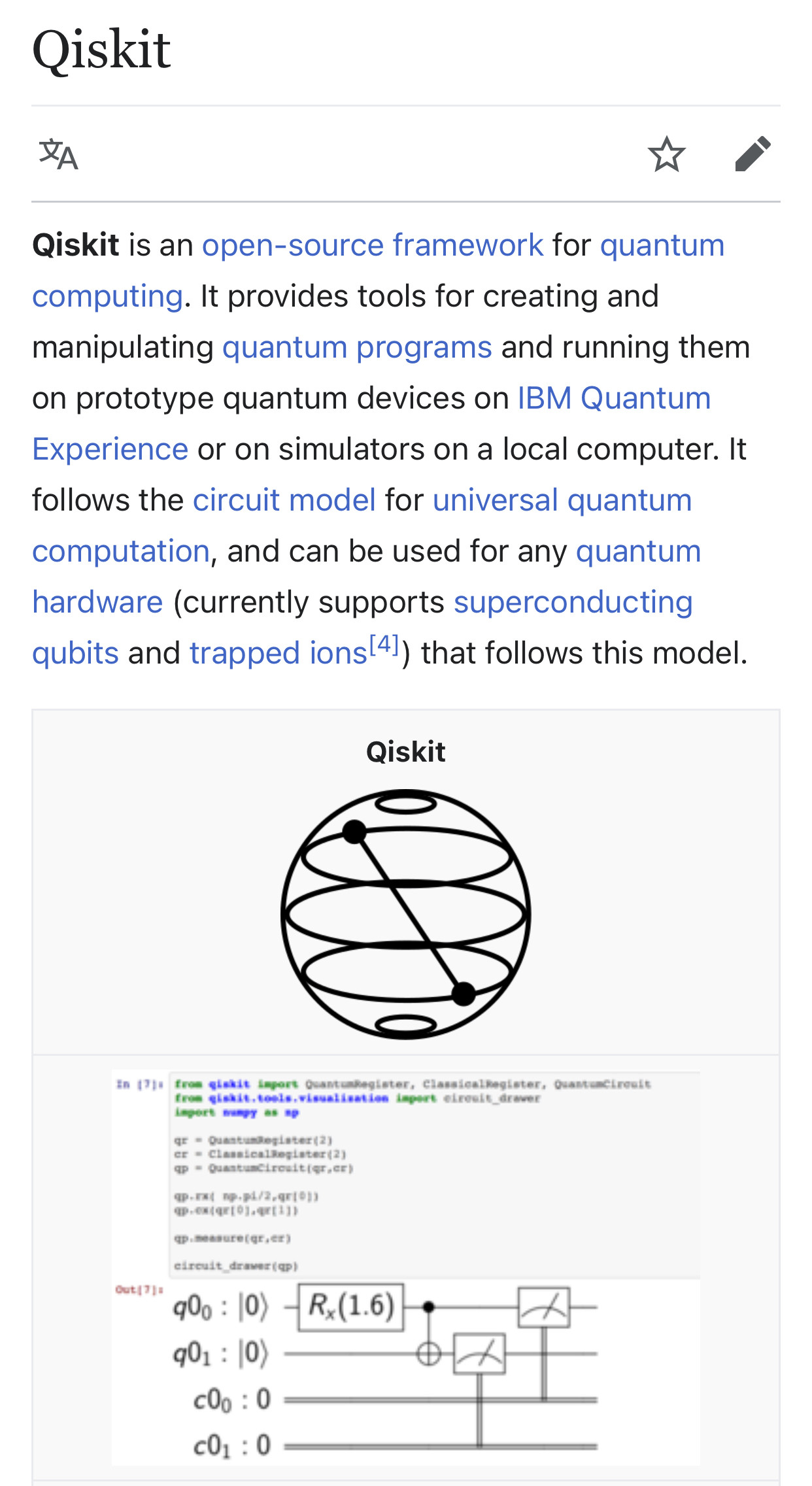Note:
Before a large-scale quantum internet sees the light of day, however, a lot of research is left to do to find out how best to encode, compress and transmit information thanks to quantum states. Typically, quantum information can be encoded in electrons that are trapped in artificially made crystals containing thousands of atoms, called quantum dots.
It is one thing to use a quantum dot to store quantum information, but it is another to then find and retrieve the data – and this is where the noisy, messy spin of the atomic nuclei is problematic.
"The solution (…) is to store the fragile quantum information by hiding it in the cloud of 100,000 atomic nuclei that each quantum dot contains, like a needle in a haystack," said Mete Atatüre, professor at Cambridge's Cavendish Laboratory, who led the research. "But if we try to communicate with these nuclei like we communicate with bits, they tend to 'flip' randomly, creating a noisy system."
The buzz of the cloud, in other words, makes it extremely challenging to retrieve information from the quantum dot. Cambridge's scientists devised a method to use the light from a laser to control an electron, which in turn can control the chaotic ensemble of nuclei spins. The electron can communicate with the cloud to create a collective spin wave that all nuclei follow – meaning that it is much easier to identify the qubit carrying quantum information when its spin flips.
Researchers have unveiled a new technique that they claim will make it possible to send, store and retrieve highly fragile quantum information, in an achievement that could break new ground in the field of quantum communications, and particularly in the future development of a quantum internet.
The researchers, from the University of Cambridge, designed a method to better control the behavior of a cloud of atomic nuclei in which they had injected a single particle encoded with quantum information, also called a quantum bit. This comes with a noise problem: with every nuclei spinning in a different direction within the cloud, it is near-impossible to identify the particle carrying information.
Using laser beams and a single electron, however, the physicists were able to control the spins of the nuclei, restore some order in the cloud, and as a result, detect the existence of the quantum information much easier.
The process is similar to finding a needle in a haystack, with a little extra help from experimental physics: the researchers injected a "needle" of quantum information in a "haystack" of nuclei, and then managed to control the behavior of the haystack to make it easier to find the needle. With success: the scientists were able to pin down a single qubit among a cloud of 100,000 spinning nuclei.
As the race to develop a fully fledged quantum computer accelerates around the world, so is interest in quantum communications growing. Closely tied to quantum computing, the field is concerned with developing ways to send and receive quantum information in the form of qubits. The idea is at the heart of the quantum internet, a project pursued by many countries around the world, which seeks to create a network that will let quantum devices exchange quantum information.
A trapped ion quantum computer is one proposed approach to a large-scale quantum computer. Ions, or charged atomic particles, can be confined and suspended in free space using electromagnetic fields. Qubits are stored in stable electronic states of each ion, and quantum information can be transferred through the collective quantized motion of the ions in a shared trap (interacting through the Coulomb force). Lasers are applied to induce coupling between the qubit states (for single qubit operations) or coupling between the internal qubit states and the external motional states (for entanglement between qubits).
The fundamental operations of a quantum computer have been demonstrated experimentally with the currently highest accuracy in trapped ion systems. Promising schemes in development to scale the system to arbitrarily large numbers of qubits include transporting ions to spatially distinct locations in an array of ion traps, building large entangled states via photonically connected networks of remotely entangled ion chains, and combinations of these two ideas. This makes the trapped ion quantum computer system one of the most promising architectures for a scalable, universal quantum computer. As of April 2018, the largest number of particles to be controllably entangled is 20 trapped ions.
The full requirements for a functional quantum computer are not entirely known,
https://www.nextgov.com/it-modernization/2020/11/exclusive-cia-awards-secret-multibillion-dollar-cloud-contract/170227/
but there are many generally accepted requirements. David DiVincenzo outlined several of these criterion for quantum computing.
CIA Awards Secret Multibillion-Dollar Cloud Contract - Nextgov
The agency has awarded a contract to bring foundational cloud services from multiple cloud service providers into the intelligence community.
https://www.nextgov.com/it-modernization/2020/11/exclusive-cia-awards-secret-multibillion-dollar-cloud-contract/170227/
Qubits
Any two-level quantum system can form a qubit, and there are two predominant ways to form a qubit using the electronic states of an ion:
Two ground state hyperfine levels (these are called "hyperfine qubits")
A ground state level and an excited level (these are called the "optical qubits")
Hyperfine qubits are extremely long-lived (decay time of the order of thousands to millions of years) and phase/frequency stable (traditionally used for atomic frequency standards). Optical qubits are also relatively long-lived (with a decay time of the order of a second), compared to the logic gate operation time (which is of the order of microseconds). The use of each type of qubit poses its own distinct challenges in the laboratory.

